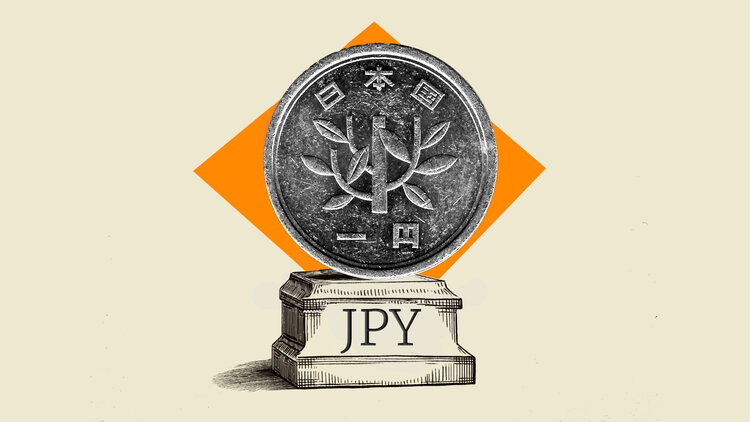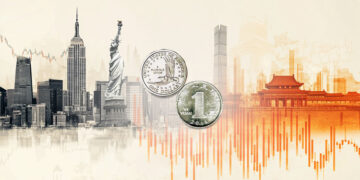- President Trump touted a preliminary trade deal with Japan earlier this week.
- Trade terms may be far less agreed-upon than White House officials led markets to believe.
- The announcement that Japan would invest $550B in US businesses for only 10% of the profits may have been premature.
- Japanese officials quietly hit newswires on Friday to tamp down market expectations.
United States (US) President Donald Trump proudly declared an impending trade deal between the US and Japan earlier this week, touting an arrangement that would see US importers pay a much milder 15% tariff fee on all goods imported from Japan compared to the threatened 25% level that President Trump initially brought to the table. Despite Donald Trump’s assurances earlier this week, Japan may not be as eager to give up 90% of the profits, in perpetuity, from a $550B investment in US-based businesses in exchange for slightly lower tariffs on Japanese goods.
According to a statement by a Japanese government official early Friday, Japan expects that the exact terms of the $550B investment package will see profits being split between the two countries based on the degree of contribution by both sides. This stance directly contradicts President Trump’s assertion that Japan would bear the entire investment burden on its own, with the US receiving 90% of the profits.
Keeping on-brand for how most preliminary trade deals with the Trump administration play out, any specific details about the trade agreement remain limited to the point of not existing, undermining the Trump team’s vocal declarations of successfully negotiating new, last-minute trade deals.
The increasingly fluid US-Japan trade deal has already created structural gaps between Donald Trump’s desire to be a wheeling-and-dealing world leader and looming real-world outcomes. Japan’s cautionary counter-balance statements on Friday show that the cracks already evident in Trump’s slapdash negotiation strategies are set to widen as US delegates struggle to deliver on Trump’s advance promises for trade deals that do not yet exist on paper.
Japan’s lead trade negotiator, Ryosei Akazawa, directly addressed the structural imbalance of Trump’s expectations on Friday, noting that he understands that the US is looking for a 90-10 split of profits from the proposed investment package. However, the top trade official noted that as far as Japan is concerned, “some people are saying Japan is simply handing over $550 billion, but such claims are completely off the mark.” Akazawa closed off with a reminder that the final decision on profit-sharing under the $550B investment schedule will be based on the ratio of investment in the scheme by private-sector companies.
Convincing US-based companies to part with piles of investment cash to build up business infrastructure within American borders could prove to be a tall ask, even for the bullying-prone Trump administration: most US industries have spent decades offloading pesky costs related to inputs and raw manufacturing overseas to focus on high-value product finishing and related services.
Tariffs FAQs
Tariffs are customs duties levied on certain merchandise imports or a category of products. Tariffs are designed to help local producers and manufacturers be more competitive in the market by providing a price advantage over similar goods that can be imported. Tariffs are widely used as tools of protectionism, along with trade barriers and import quotas.
Although tariffs and taxes both generate government revenue to fund public goods and services, they have several distinctions. Tariffs are prepaid at the port of entry, while taxes are paid at the time of purchase. Taxes are imposed on individual taxpayers and businesses, while tariffs are paid by importers.
There are two schools of thought among economists regarding the usage of tariffs. While some argue that tariffs are necessary to protect domestic industries and address trade imbalances, others see them as a harmful tool that could potentially drive prices higher over the long term and lead to a damaging trade war by encouraging tit-for-tat tariffs.
During the run-up to the presidential election in November 2024, Donald Trump made it clear that he intends to use tariffs to support the US economy and American producers. In 2024, Mexico, China and Canada accounted for 42% of total US imports. In this period, Mexico stood out as the top exporter with $466.6 billion, according to the US Census Bureau. Hence, Trump wants to focus on these three nations when imposing tariffs. He also plans to use the revenue generated through tariffs to lower personal income taxes.
Read the full article here








